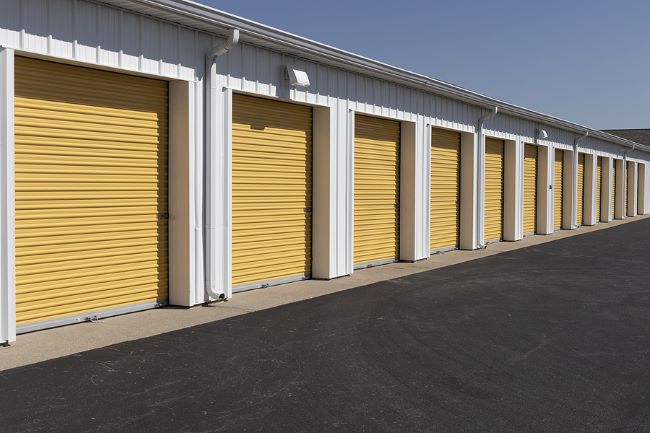
The self-storage market is one of the hottest industries in the United States. Since the start of the pandemic in early 2020, demand for self-storage has skyrocketed and is not expected to slow down anytime soon. Investors and users alike have found a variety of different uses for self-storage units. This article discusses the current outlook for the self-storage market and some opportunities to be on the lookout for in the near future.
Market Growth
Due to the onset of the pandemic, demand for self-storage space has skyrocketed to levels never seen before. As of 2020, the global market for self-storage was valued at 48.02 billion, with a projected valuation of 64.71 billion expected by 2026; a growth rate of 5.45% year over year according to businesswire. Compared to other brick-and-mortar investments, self-storage has remained relatively stable despite the pandemic.
Market growth in the self-storage industry has encouraged investment into more space across the country. According to Multi-Housing News, as of March 2022, there was over 147 million square feet of storage space being built, accounting for almost 10% of existing stock. Retail investors and corporations alike have contributed greatly to the industry’s consistent growth over the past few years and are expected to continue to do so.
Growth Opportunities
Investment in the expansion of the self-storage industry has focused on low-cost, less dense population areas. Although developed metros such as New York and Philadelphia have seen similar growth, secondary and tertiary markets have seen higher growth rates relative to their existing self-storage space stock.
According to Yardi Matrix data, the top 5 metro markets for underway and planned self-storage projects are the following:
- Worcester – Springfield, Massachusetts
- Allentown – Bethlehem, Pennsylvania
- Providence – Rhode Island
- Tallahassee – Florida
- Lafayette – Indiana
All of these secondary and tertiary markets have common denominators that make them attractive for investors. First, each of these markets benefits from having low costs relative to primary markets in large metro areas. Second, these markets experienced considerable population growth during the pandemic.
Both of these factors have contributed to considerable growth in these commuter towns and developing communities. These trends are expected to continue throughout the decade as investors continue to look for affordable opportunities.
Economic Outlook
Many factors have contributed to the current state of the self-storage market. These factors as well as several developing economic trends will continue to influence the market in the near future.
Pandemic-driven demand drove growth in the market initially. With the shift to a remote/hybrid work model, employees and executives have been able to put more time and effort into investments, including where to invest. As a result, downsizing and abandoning of in-person office space has increased the need for storage space for many companies. In addition, on the residential side, 10.6% of households rent a self-storage facility according to RE Journals.
Self-storage has spurred significant investment as a unique asset class. During the tumultuous stock market activity of the past two years, the self-storage market has maintained consistent growth. Retail investors, private equity and corporations continue to see growth opportunity in self storage, proven by an average annual ROI of 16.9% between 2009 and 2018 according to Colliers International. As interest rates continue to rise in an effort to combat inflation, more and more money pours into self-storage.
Generational shifts are another significant trend impacting the self-storage market. As the Millennial and Gen-Z generations slowly grow to dominate the consumer base, the market is evolving to meet their preferences. These include a technology-friendly process and a responsive user experience.
Changing migration patterns have had an impact on investment. Coupled with generational shifts, younger generations looking for a lower cost of living are encouraged to use storage space as an alternative to more expensive living spaces in primary markets. This shift has greatly increased investment in areas with lower costs of living such as the Southwest and the Midwest.
How to Protect Your Self-Storage
The demand for self-storage space has likewise increased the demand to protect that space. As younger generations influence a shift in the self-storage industry, the insurance industry is adapting to provide adequate coverage to take advantage of this popular asset class.
Although the self-storage market has remained consistently strong, the same cannot be said for the insurance market for self-storage. Inflationary pressures and increasing catastrophe hazards due to climate change have hardened the market consistently over the past couple years. Carriers are often hard-pressed to limit coverage or avoid offering coverage to limit large losses.
However, there is a light at the end of the tunnel. Relocation Insurance provides customers reliable storage insurance coverage that protects from a long list of perils, including earthquake, fire and vandalism.
With the self-storage market expected to grow consistently into the near future, it’s important to keep up to date with the current economic outlook. Don’t forget to embed insurance into your storage offerings – RIG is here to help. Contact RIG today to get a quick quote.
